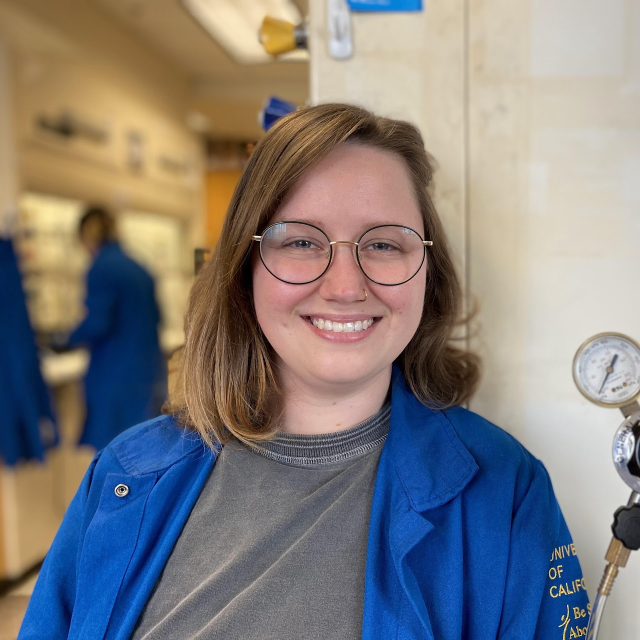Abstract:
My Ph.D. research has spanned several areas of synthetic organic chemistry, including divergent hydrothiolations of cyclopropenes, dynamic kinetic resolutions of aldehydes via hydroacylations, and regiodivergent hydroacylations of azetines. I developed catalysts and methodologies to synthesize a variety of chemical motifs and performed mechanistic experiments to gain useful insight on how the reactions proceed. The first story in my talk will be focused on the divergent hydrothiolation of cyclopropenes. Given the prevalence of sulfur in biologically relevant organic molecules, inventing methods to forge C–S bonds remains a worthwhile pursuit. We sought to develop a hydrothiolation that could take advantage of cyclopropene strain energy to provide diverse sulfide motifs from the same readily available materials. Through our investigation, we discovered that divergent reactivity could be obtained by altering the electronics of the bisphosphine ligands on a rhodium catalyst. A variety of mechanistic studies were performed to elucidate the divergence in the mechanisms. The next portion of the talk will be focused on the dynamic kinetic resolution of aldehydes via hydroacylation. Dynamic kinetic resolution (DKR) is a compelling method used to prepare enantiopure materials from racemic starting materials with no limit in the theoretical yield. In this example, we have combined an intermolecular hydroacylation of acrylamides with the DKR of racemic aldehydes. Through this C– C bond formation the synthesis of 1,4-ketoamides is achieved with high enantio- and diastereoselectivity. The final story will be focused on the regiodivergent hydroacylation of azetines. Azetidines are four- membered cyclic amines that are found in both natural products and pharmaceutical candidates, and azetines are their unsaturated counterparts. Inspired by the biological activity of these structures and the limited exploration of azetine reactivity, I imagined developing a hydroacylation of azetines to construct novel azetidines. I found an exciting and compelling lead result where electron-rich Josiphos ligands yield the chiral isomer selectively. Alternatively, the achiral regioisomer can be obtained with several different biaryl bisphosphine ligands. Finally, I will discuss collaborative work with the Bowers lab at the University of Florida and the Yang lab through the 4C research center.
Speaker:
Location:

